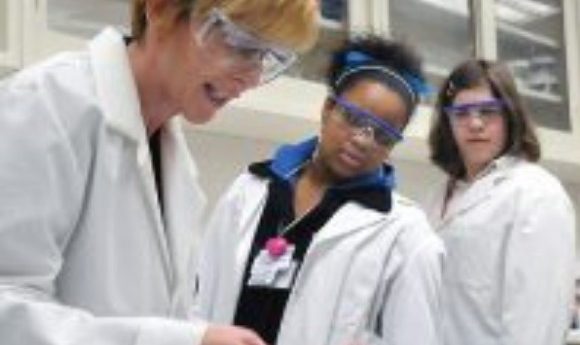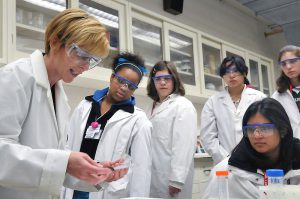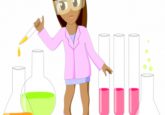How effective are undergraduate laboratory courses?

A massive study of over 3000 students in three institutions investigated whether or not introductory lab exercises had any real benefit for students.

Laboratory exercises and science education go hand in hand. In many institutions, introductory lab courses at the undergraduate level complement lectures and deepen students’ understanding. But is the current format and structure of these courses really effective? And are the labs successfully reaching their goals? Researchers recently carried out an extensive study to answer these questions and investigate the benefits of undergraduate laboratory courses.
Natasha Holmes, an assistant professor of physics at Cornell University in New York and first author of the study, first started looking at this aspect of physics education during her postdoctoral research at Stanford University. Holmes focused then on courses with optional laboratory work since that enabled a comparison between students who took the lab course and those who didn’t. Although the lab courses occupied 30% of the total instructional time, she found that they had no measurable impact on the students’ performance on the final exams, even on lab-related conceptual questions.
To expand the study, Holmes collaborated with two other US universities and analyzed data from 3000 students in nine lab courses covering mechanics or electricity and magnetism that used algebra or calculus-based approaches. The results were similar; lab courses didn’t seem to significantly benefit the students.
“From our study, we found that labs that were focused on reinforcing content didn’t contribute to students’ learning. Practical exercises should be developing one’s conceptual understanding, but they didn’t seem to. Instead, students were found to simply follow instructions and not really think actively,” said Holmes.
Holmes thinks that courses may have been standardized as the size of classes in universities grew. Even though some instructors make slight changes to the lab courses, overhauling the lab sequences is not common. “For years, there has been very little research on the effect of labs in undergraduate courses. So there was no guiding principle for instructors. But now with active learning research, there are a lot of resources that can be used,” explained Holmes.
These studies were conducted in physics education, but is there anything that can be learned for designing biology lab courses? “Introductory biology classes do not necessarily have an agreed upon set of essential concepts that must be covered,” said Michelle Smith from the University of Maine, who was not involved in this study. “There have been several recent articles promoting the development of introductory biology laboratory courses that focus on inquiry-based activities and authentic research questions. These activities and research questions do not necessarily need to be directly aligned to the syllabus topics in the lecture portion of the course.”
After the initial research, Holmes and her team conducted focus group interviews for further understanding and worked on outlining some lab courses to improve critical thinking skills. As an alternative, they proposed structured quantitative inquiry labs (SQILabs), in which students get to design, run, and interpret their studies independently, rather than carrying out a fixed set of instructions.
“I hope institutions will start changing their curricula in response to this. We have a lot of evidence that labs could be restructured to improve students’ learning and experiences,” said Holmes.





